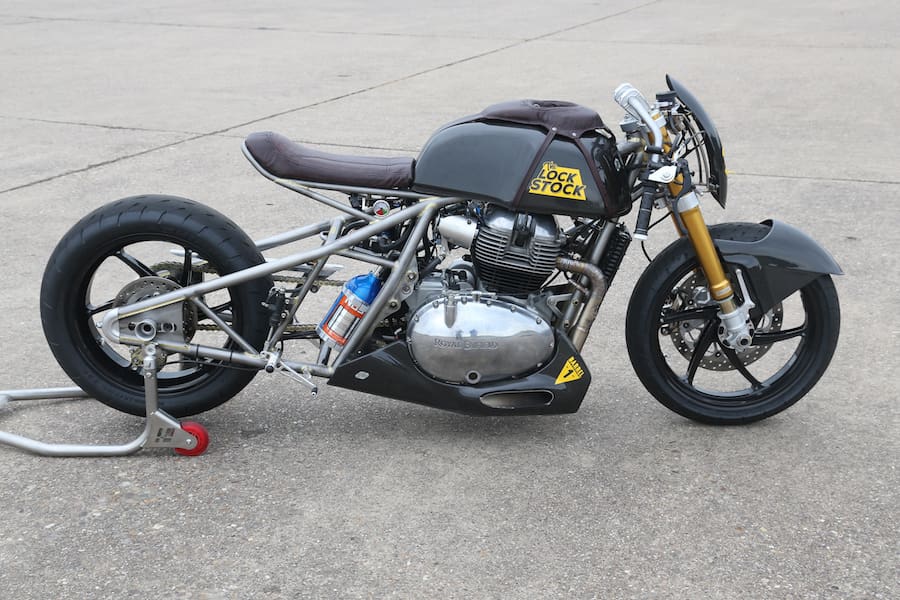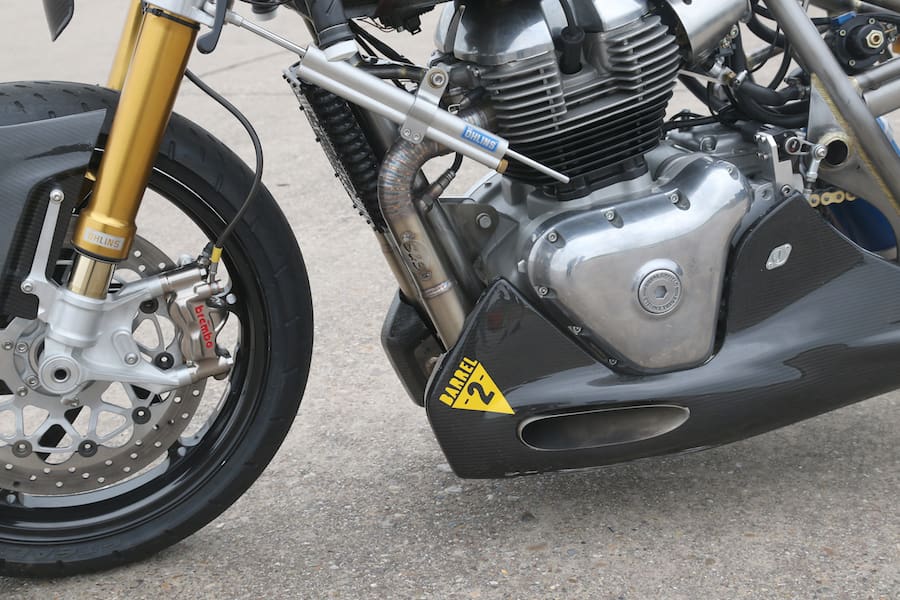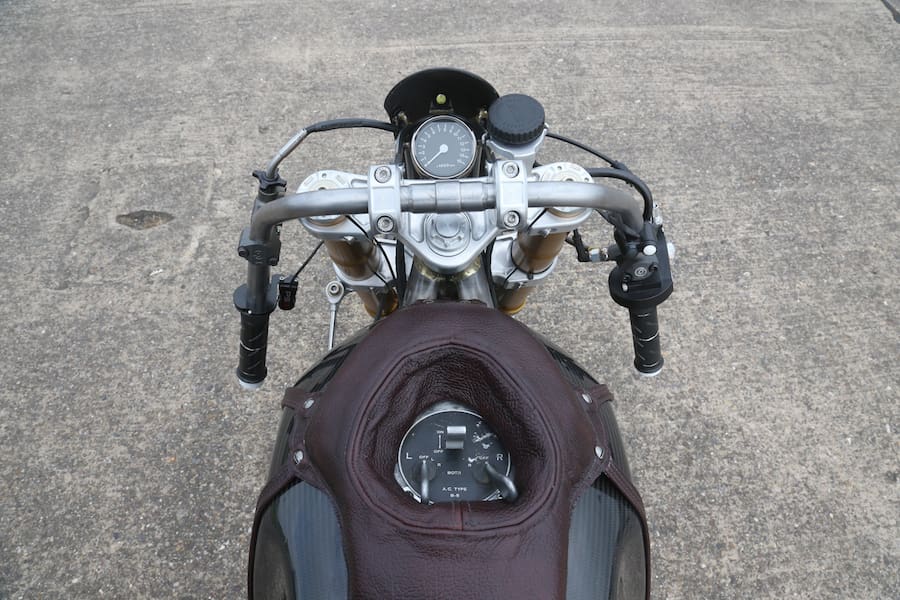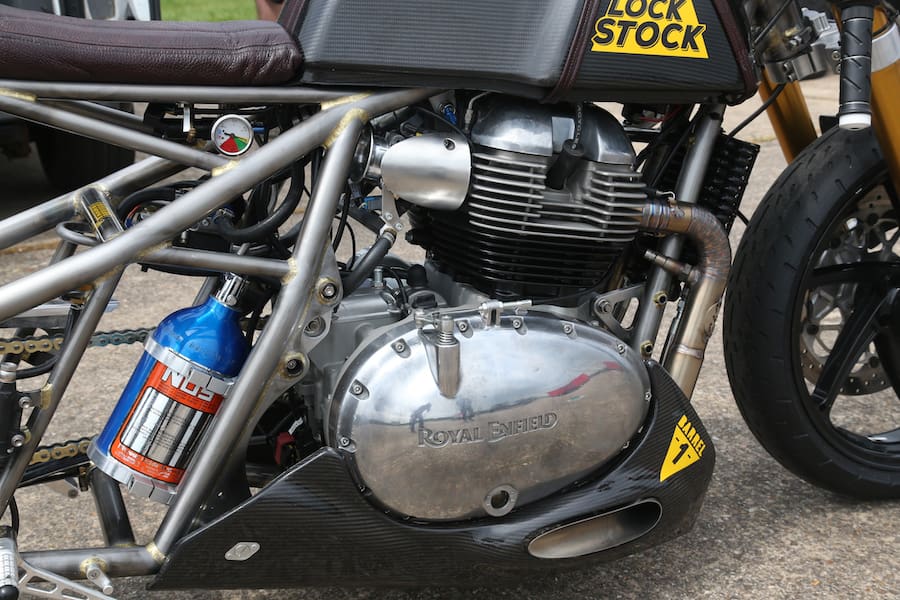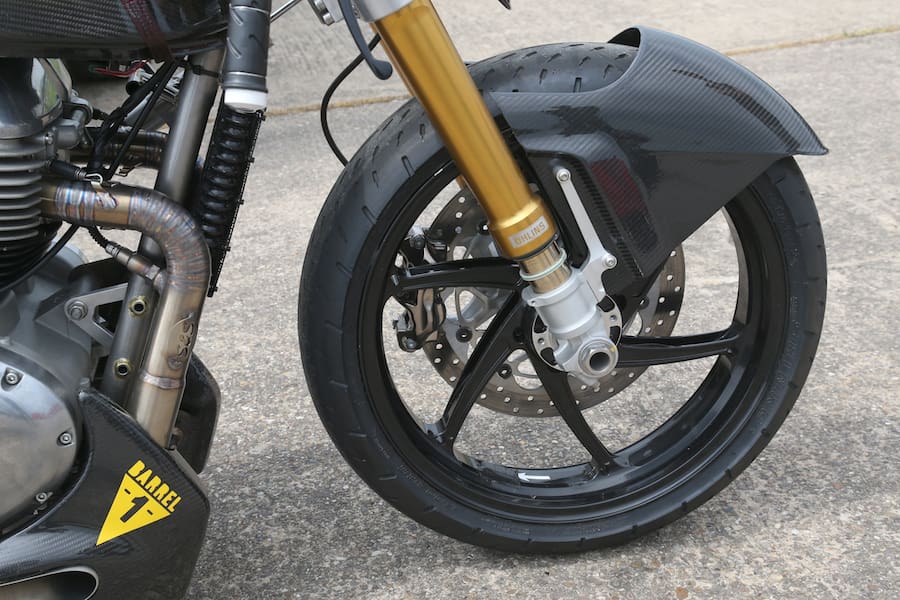Ever since Royal Enfield unveiled its two all-new retro-styled parallel twins – the Interceptor and Continental GT models – at the 75th EICMA Milan Show in November last year, potential customers around the world have been avidly waiting for them to reach production.
That’s not just because of the millions of RE fans – especially in India, the former British brand’s home country – who are eagerly looking forward to trying them out, with a view to buying one. In opting to limit the engine capacity of both new bikes to 650cc, the company has astutely targeted a potentially sizeable market because there is at present no competition in the retro-styled twin-cylinder sector, Triumph having declined to move the Bonneville any lower in capacity than the current 900cc T100.
The success of the Japanese entries in this capacity class, and especially Yamaha’s best-selling MT-03, shows there’s a global demand for 650 twins that Enfield is well placed to satisfy with something quite different than anything else available, especially with its much lower manufacturing costs – and thus retail prices – versus bikes made in Japan and Europe, or even Thailand.

They’re powered by the same all-new air/oil-cooled single overhead cam eight-valve 648cc engine developed at Royal Enfield’s UK Technology Centre at Bruntingthorpe, near Leicester [see sidebar]. It is fitted with a single gear-driven counterbalancer to reduce vibration, and the 270-degree crankshaft is a forged one-piece item for extra strength and durability. Fitted with central chain camdrive, this fuel-injected motor employing a Bosch ECU runs a 9.5:1 compression ratio, denoting a low state of tune, most likely to ensure it runs well even on poor-quality fuel.
However, Royal Enfield is also developing its own ‘custom program’. This program originally focused entirely on aesthetics – there’s not a lot of added performance you can bring these days to a Euro 4 air-cooled pushrod single – but now, with the imminent market debut of the 650 Twins, it has started working on delivering extra oomph to the parallel twin, in what also amounts to a bit of what-if mechanical R&D work.
They’ve done so by collaborating with noted American tuning house S&S, whose base in Viola, Wisconsin has long been a temple of performance, and how to find it, since it was founded in 1958 by George Smith with a single goal in mind – to make motorcycles go faster.
The aptly titled Royal Enfield Lock Stock (as in the movie Lock, Stock and Two Smoking Barrels) was unveiled at London’s increasingly influential Bike Shed Show in May.
A couple of days later, I presented myself at Bruntingthorpe, where I was allowed into Royal Enfield’s super-secret enclave to view the showbike. I’d shortly be honoured with the chance to ride it along the mile-long runway just outside, where they film Top Gear, making it the first time anyone outside the company had ridden one of the new 650 Twins.
Well, that’s what it was before S&S got hold of a pre-production engine and massaged it more than a little to produce more than twice the horsepower of the stock motorcycle it came from, as well as more than double the torque.
Achieving that without detracting from the engine’s stock appearance was a key element in Royal Enfield’s brief, according to S&S’s Martin Szlagowski.
Read the full story in the current issue (Vol 68 No 02) on sale now
